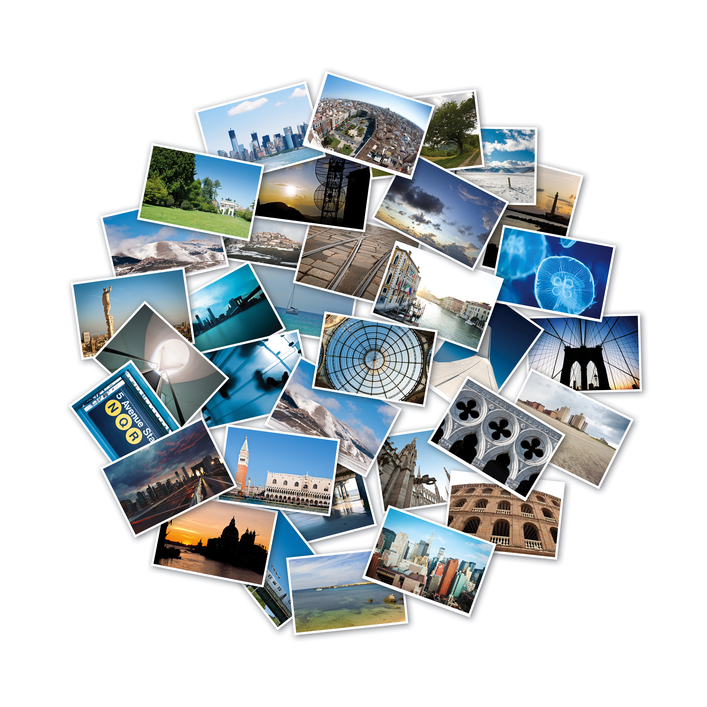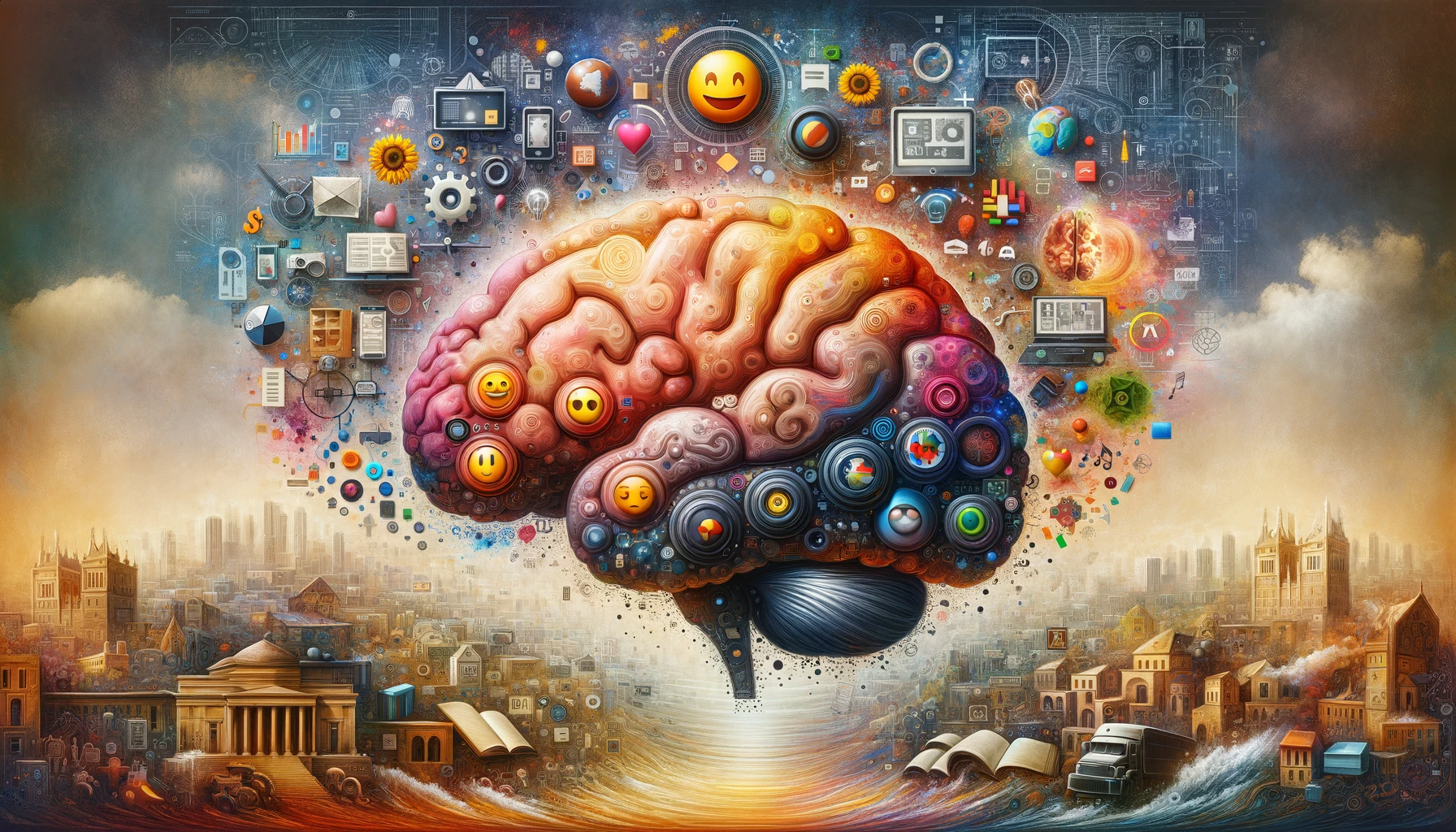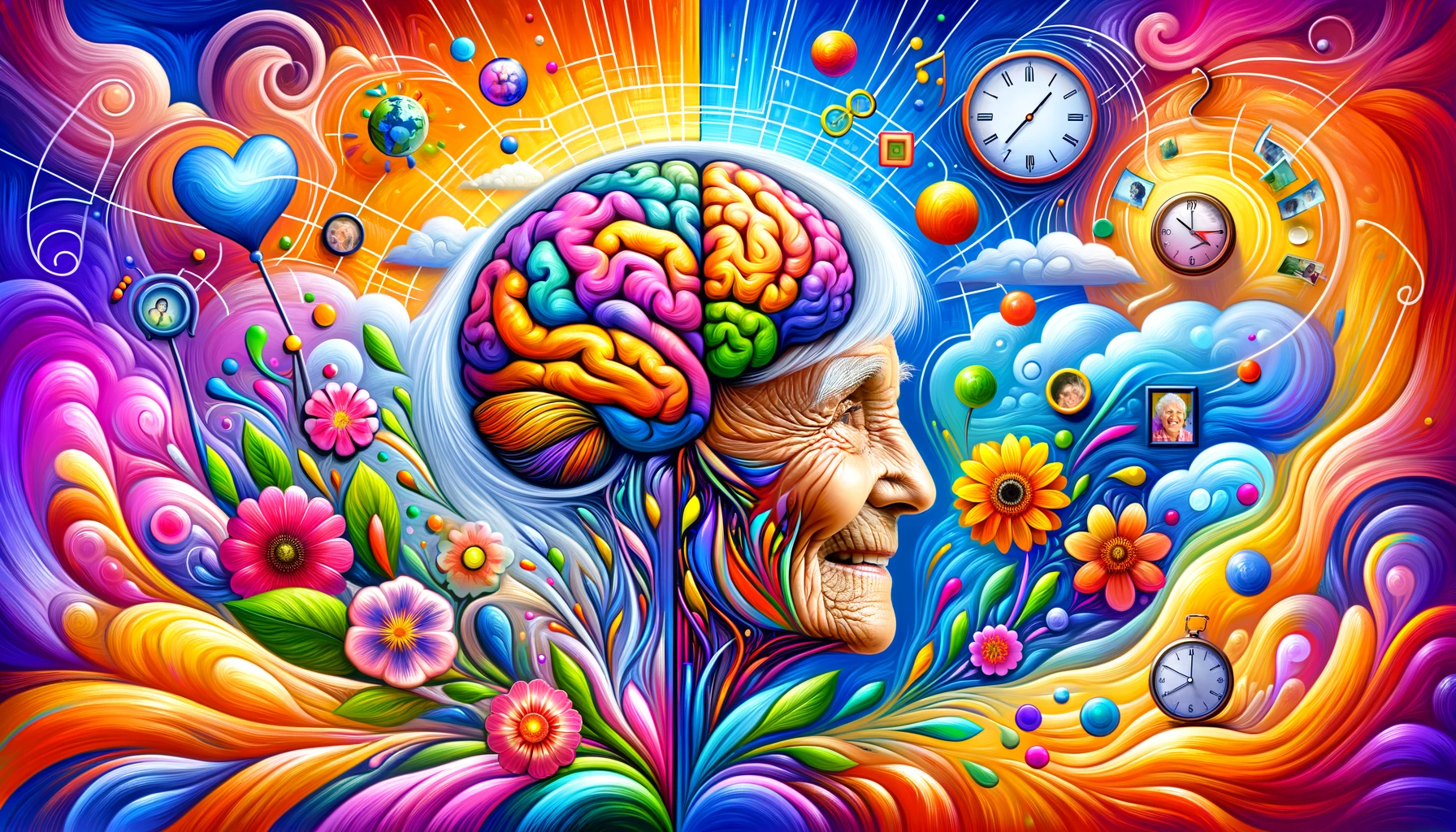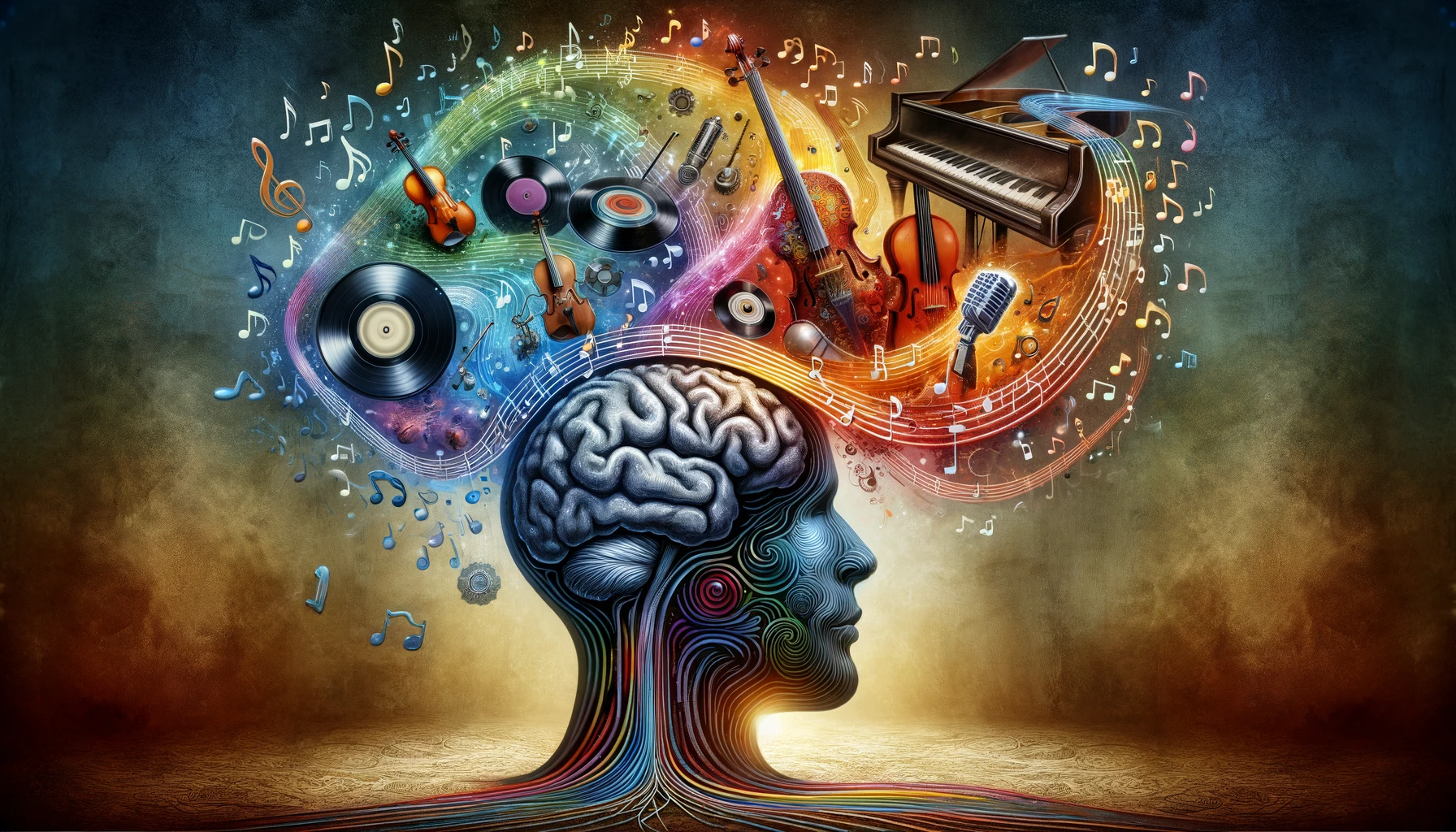Sparking Memories: Unraveling the Essence of Human Recall
Explore the essence of memory in this article, delving into its definition, types, emotional impact, and role in identity. Understand memory's cognitive, psychological aspects, and its evolution in the digital age, offering insights into this pivotal human function.

Introduction: The Fascination with Memory
Memory is an enigmatic yet essential aspect of the human experience, intricately woven into the fabric of our lives. It is a topic that intrigues scholars, artists, and laypersons alike. In this comprehensive exploration, we delve into the definition of memory, its broader meaning, and its pivotal role in shaping our existence. This article aims not only to define memories but also to understand their impact on our personal and collective psyche.
Understanding Memory: A Basic Definition
The Cognitive Framework
Memory, in its most fundamental form, refers to the mental process of encoding, storing, and retrieving information. This cognitive perspective views memory as a key component in learning and adaptation. The brain’s ability to recall past experiences enables us to navigate the present and anticipate the future, making memory a cornerstone of human cognition.
Different Types of Memory
There are several types of memory, each serving distinct functions. Sensory memory holds information from our senses for a brief period, allowing us to experience the world seamlessly. Short-term memory, or working memory, deals with the immediate handling of information. Long-term memory, on the other hand, stores information indefinitely, from facts and concepts to personal experiences.

Memory Meaning: Beyond the Basics
Emotional and Psychological Dimensions
Memory transcends its basic cognitive definition to include emotional and psychological aspects. It's not just about storing data but about the feelings and meanings we attach to our experiences. Emotionally charged memories, for instance, are often more vivid and enduring, highlighting the interplay between emotion and recall.
Memory in Shaping Identity
Our memories significantly contribute to our sense of self. They form the narrative of our lives, telling us who we are and how we’ve evolved over time. This subjective and personal nature of memory makes each individual's memory unique and deeply personal.
Define Memories: A Closer Look
The Subjectivity of Memories
Defining memories involves acknowledging their subjectivity. Each person’s memory of an event can differ, influenced by their perceptions, beliefs, and prior experiences. This subjectivity makes memory a fascinating area for psychological and philosophical inquiry, raising questions about the reliability and malleability of our recollections.
The Role of Memory in Learning
Memory is also crucial in the context of learning and development. The ability to remember and recall information forms the basis of education and skill acquisition. This aspect highlights the practical importance of understanding and enhancing memory.
What Is the Memory: A Comprehensive View
Neurological Perspectives
From a neurological standpoint, memory involves complex brain processes and structures. The hippocampus, amygdala, and prefrontal cortex are critical in forming and retrieving memories. This biological perspective provides insights into how memories are encoded and the factors that can enhance or impair memory function.
Memory and Aging
The relationship between memory and aging is another crucial aspect. As we age, certain types of memory may decline, raising concerns about conditions like Alzheimer's and other forms of dementia. Understanding memory helps in developing strategies to maintain cognitive health throughout life.

Memory in the Digital Age: A New Frontier
The Impact of Technology on Memory
In the digital age, the way we remember and record experiences has transformed. The ubiquity of smartphones and the internet has led to a phenomenon known as “digital amnesia,” where the reliance on digital devices for storing information affects our natural memory capabilities.
Social Media and Collective Memory
Social media platforms have become repositories of collective memories, influencing how we remember and perceive events. This shared digital memory shapes public opinion and cultural narratives, marking a significant shift in the role of memory in society.
Conclusion: The Ever-Evolving Landscape of Memory
In conclusion, memory is a multifaceted concept that encompasses cognitive, emotional, and social dimensions. Its study offers profound insights into the human mind and our collective experiences. As technology continues to evolve, so will the ways we understand and interact with memory, making it an endlessly fascinating subject worthy of continued exploration and discussion.
This rich tapestry of memory, from its basic definition to its complex implications in the digital age, underscores its significance in our lives. By understanding memory, we gain a deeper appreciation of our past, navigate our present more effectively, and prepare for a future shaped by our collective recollections.
Practical Tips for Helping Spark Memories When You Have a Family Member With Dementia
A tip that I’ve seen several times for helping family members with Alzheimer’s or some other type of memory impairment is to put a lot of photos around. Put out photo albums or scrapbooks, or lots of pictures in frames, of different family members, snapshots of fun times or trips, or family friends – whatever might ring some bell of memory. We thought this was a good idea, but my in-laws have never really had a lot of photographs out, and they don’t like clutter. So we decided to get FIL a digital photo frame. That’s just one frame, one extra thing on the shelf – but a whole lifetime’s worth of photos for him to see and remember, in a slideshow that will be different every day.
How to Make a Memory Book
Of course, to make this idea work, we first have to scan and digitize all the family photographs we can dig up. FIL used to love to take lots of vacation photos every year – but he insisted on using slides, and, well, those slides did not survive their retirement in sunny – and humid! – Florida. And of course, there’s MIL’s penchant for downsizing and decluttering over the years. Still, we’ve managed to find a respectable number – something like 250 or more – of photographs from their childhoods, and their children's childhoods and adult lives. There are also some pictures of places they’ve been that we’ll throw in, just so he can remember some of those family vacation trips
More on Sparking Memories …
It’s been kind of fun, really, to go back and unearth pictures that we haven’t seen in years, and even a few we’ve never seen before at all. Pictures of us and my sister-in-law as teens (was my hair really that red before it turned so white? – and look, there’s my sister-in-law in her Drill Team uniform). But the real fun is seeing photos of my in-laws as children and teenagers, and especially some of FIL in his Navy dress blues I’d never seen before. I can certainly see why my MIL fell for him! And that glamorous photo of her that was taken when she was in her mid-teens – wow!
But the one that really got to us was one I’d actually seen before. It shows FIL, in his dress whites, looking at the camera with a dreamy expression on his face, and the typical “all my love forever” signature on the bottom. It’s always been in a leather folder, and I never had occasion to take it out of the folder until I scanned it. Then I found the note on the back. “To the sweetest girl, with the most beautiful eyes and loveliest hair…” it began. And ended with “all my love”, signed my FIL. He gave that to her while they were dating, right after WWII. The note was so sweet, so romantic, and even poetic, that it brought tears to my eyes. Even my husband had never seen it, and was amazed at the feelings his father expressed.

The thing is, FIL has always been taciturn, never really saying much about his feelings. I’ve rarely ever heard him criticize MIL in any way, and even when he has done so, he’s usually acted like whatever it is really is no big deal. But I’ve never really heard him praise her, either. I’ve never actually heard him say that he loves anyone. But sometimes… the deepest feelings just don’t need that many words, and the least likely poets are the ones you don’t even know about.
Creating Photo Albums
Creating photo albums for Alzheimer's patients can be a great way to access meaningful memories and bring joy to their lives. However, it is important to keep in mind that some memories may not be pleasant or happy ones, and could even cause distress. It is therefore important to take the individual's needs into consideration when choosing which photos to include in the album.
When selecting photos, look for those that showcase meaningful moments in a person's life – such as graduation, marriage, vacations and other happy occasions. Avoid any images that could be emotionally painful or triggering, such as those of deceased family members or pets.
It can also help to include writing alongside the photos to spark memories. This could be in the form of captions, poems or even just a few sentences about what was happening in the image and how it made them feel at that moment.

The Power of Music and Memory
Another way to bring back memories is through music. Create a special playlist for your loved one with songs they may have enjoyed throughout their life. Listening to the music can evoke powerful memories, sometimes more so than photographs.
Creating photo albums for Alzheimer's patients is a way to bring joy and spark meaningful memories. However, it is important to choose images and words carefully in order to ensure their safety and comfort. By taking these considerations into account, you can help create a lasting experience of their most meaningful life moments.
Creating photo albums for Alzheimer's patients can be a great way to access meaningful memories and bring joy to their lives, as well as spark joy in the caregivers of these individuals. By including photos that showcase moments from throughout their life – such as graduation, marriage, vacations and other happy occasions – it helps bring back powerful memories that may have been forgotten over time.
Writing alongside the photos is another great way to evoke memories - captions or poems can help create a lasting experience of their most meaningful life moments. Additionally, music has also been shown to frequently revisit memories more so than photographs; creating a special playlist with songs they may have enjoyed throughout their life will give them an emotional boost when revisiting those tunes.

With careful consideration taken into account when choosing which images and words are included in the album, caregivers can ensure a safe and comfortable experience while sparking pleasant memories for their loved one.Creating photo albums for Alzheimer's patients is a great way to access meaningful memories and bring joy to their lives. It can help them frequently revisit memories that are important to them, while also providing comfort and support to the caretaker.
However, it is important to consider the individual's needs before creating an album in order to ensure safety and comfort. By taking into account what images may be emotionally triggering or painful, as well as adding captions or music alongside the photos, you can help create a lasting experience of their most meaningful life moments.
